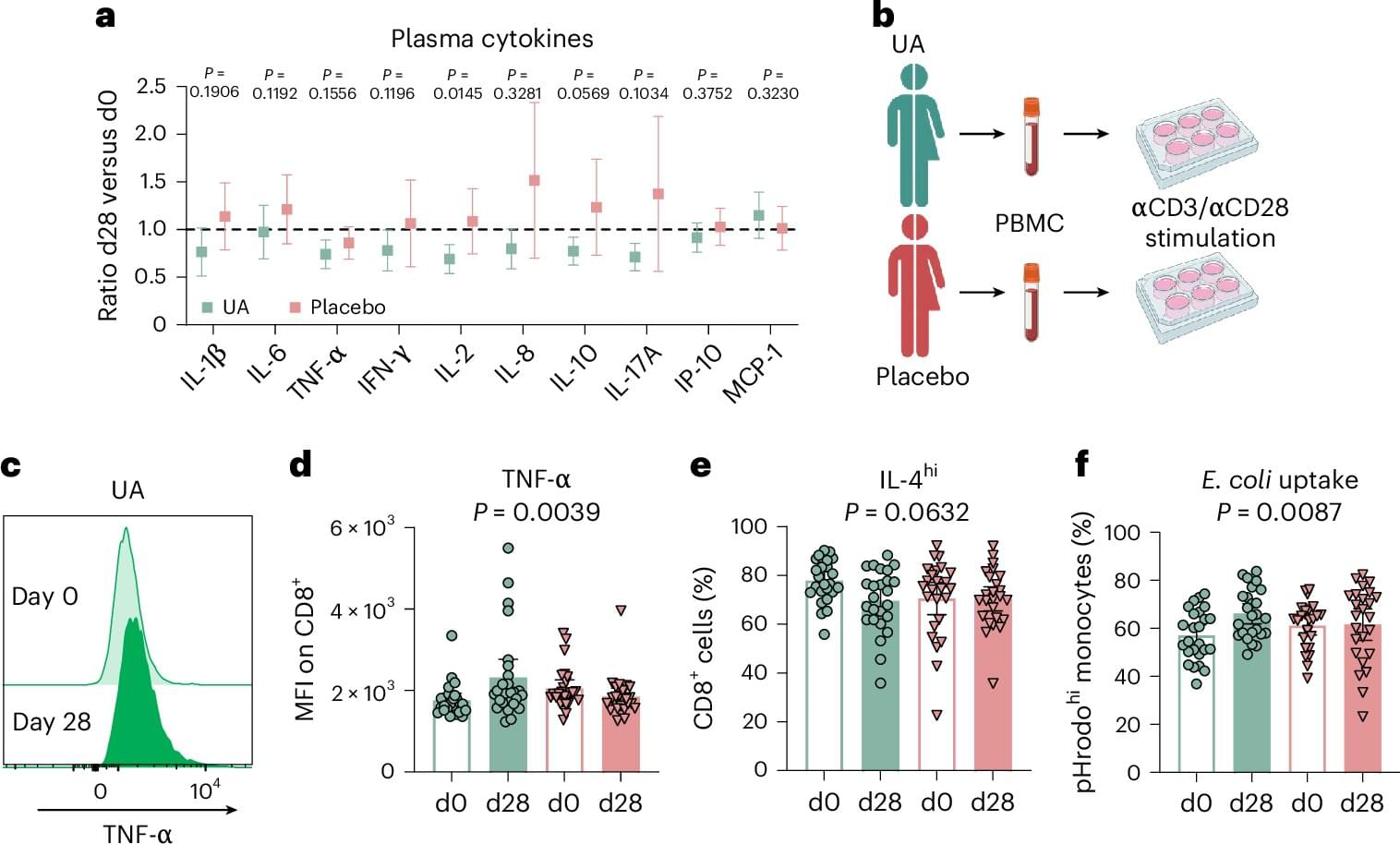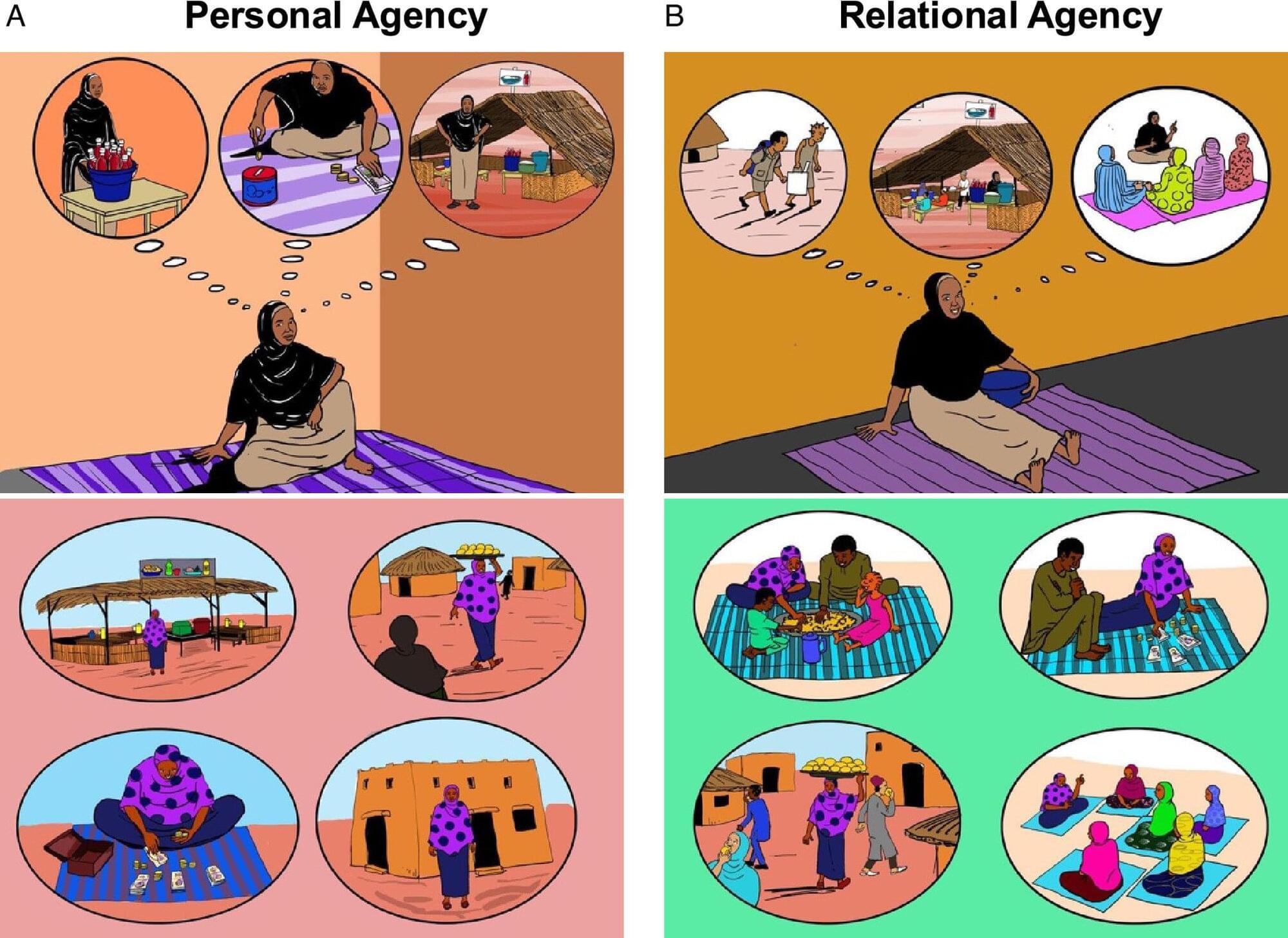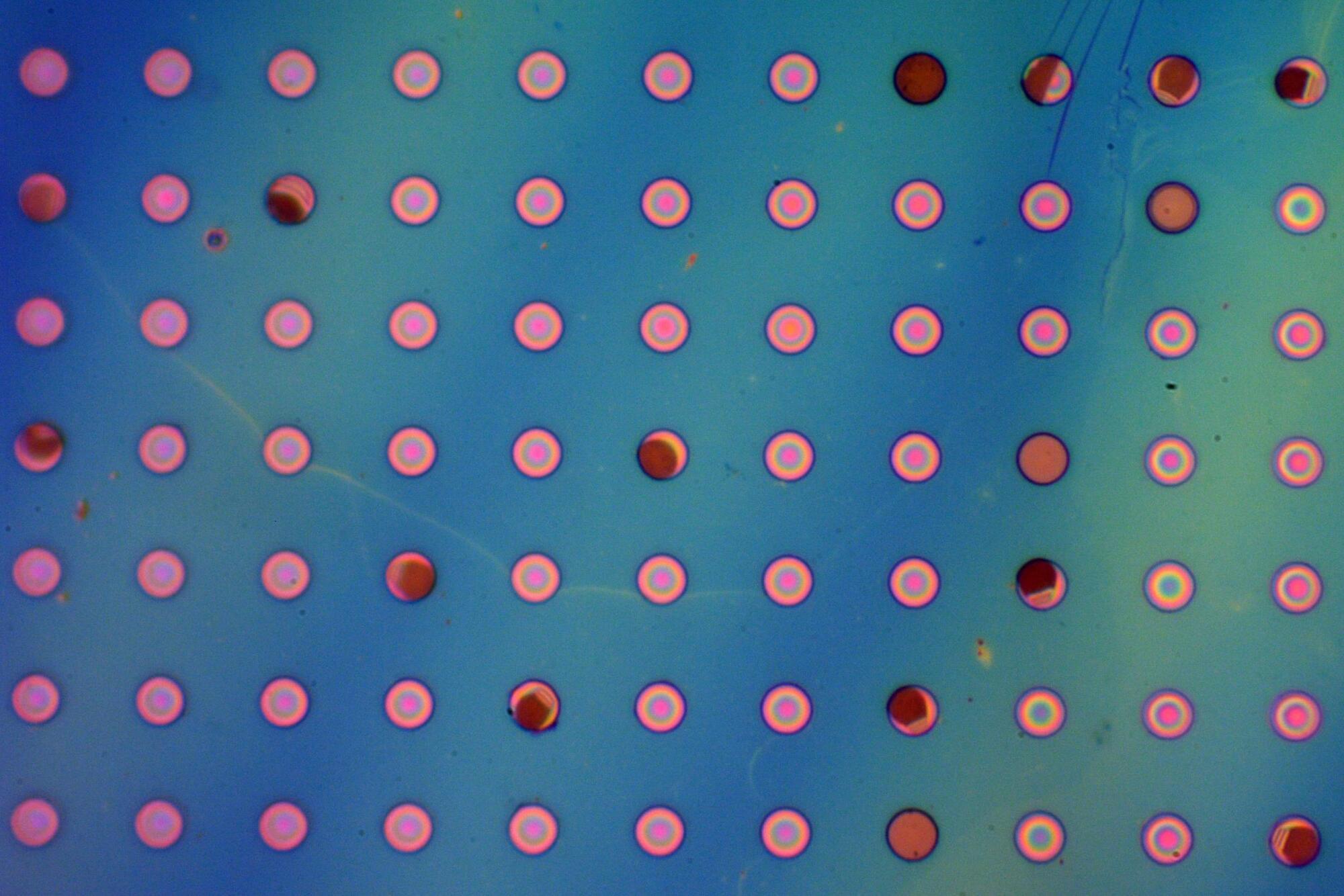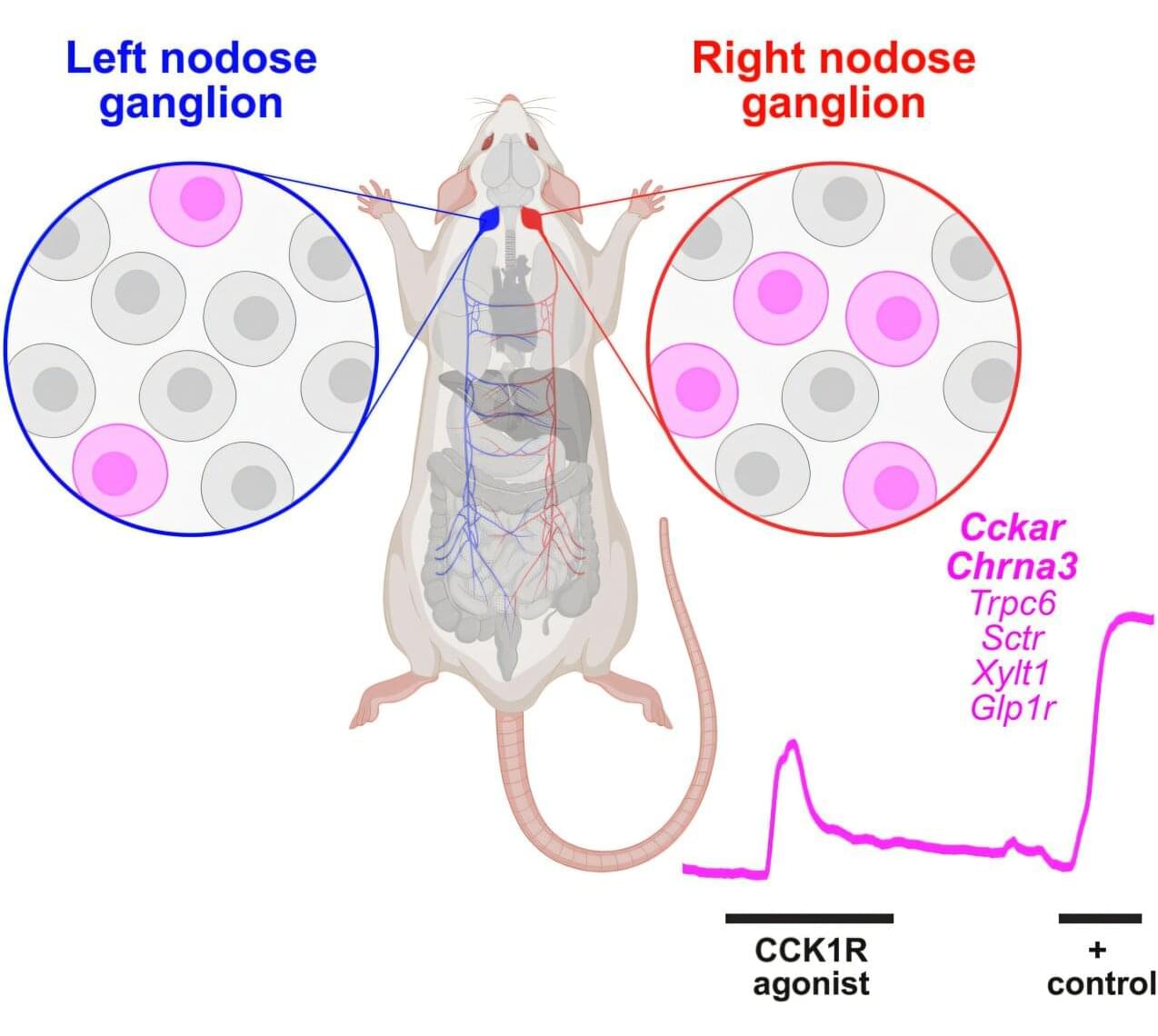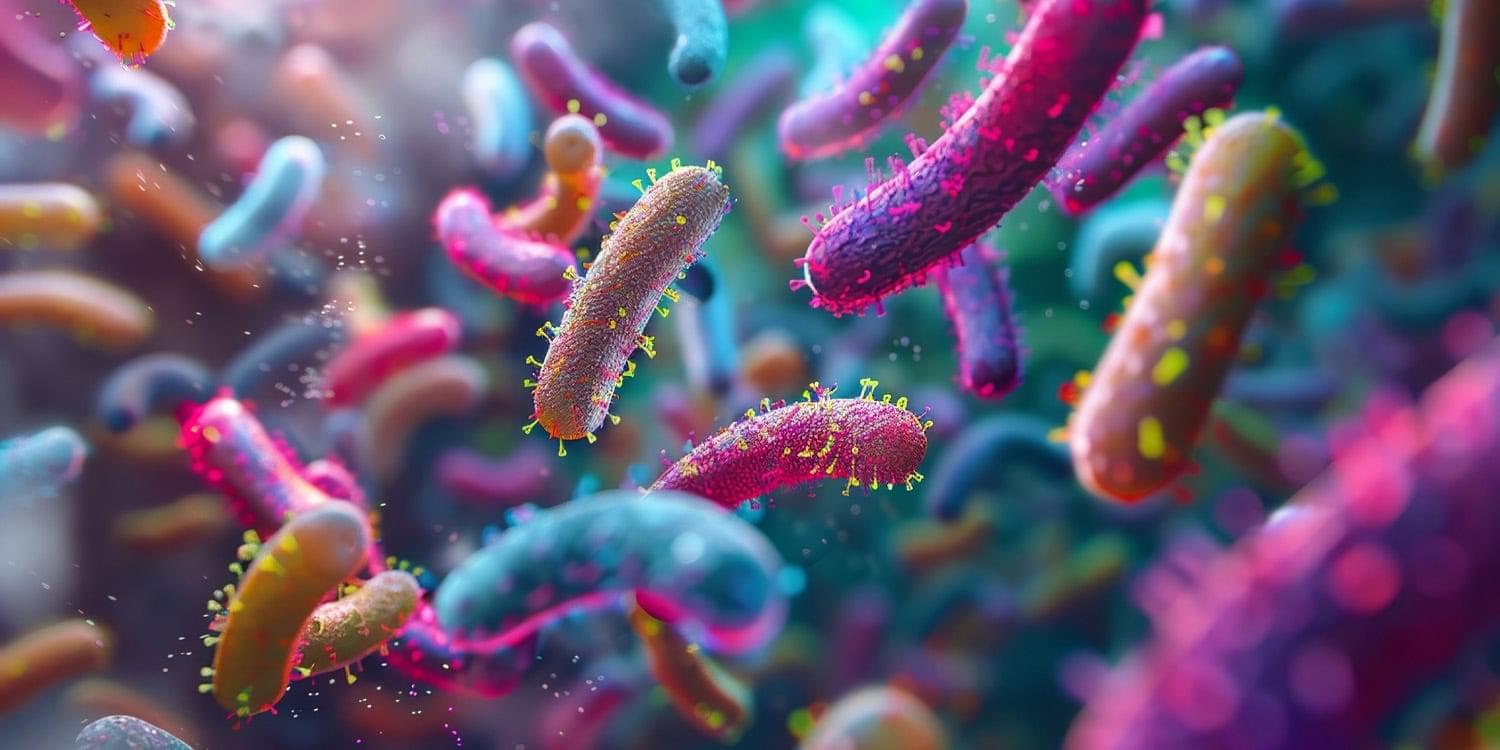An international research team focused on aging reports that urolithin A at 1,000 mg per day shifted human immune profiles toward a more naive-like, less exhausted CD8+ state and increased fatty acid oxidation capacity, with additional functional gains.
Urolithin A is a metabolite produced by gut bacteria after breaking down ellagic acid from certain foods, such as pomegranates and walnuts. While produced naturally through microbial digestion, it is in much smaller quantities than available as a supplement or used in the study.
Aging bodies face reduced production of mature T cells, shrinking naive T cell pools and chronic low-grade inflammation. Mitochondrial dysfunction and waning autophagy sit at the core of these shifts, with mitophagy failure linked to immune dysregulation and disease.
